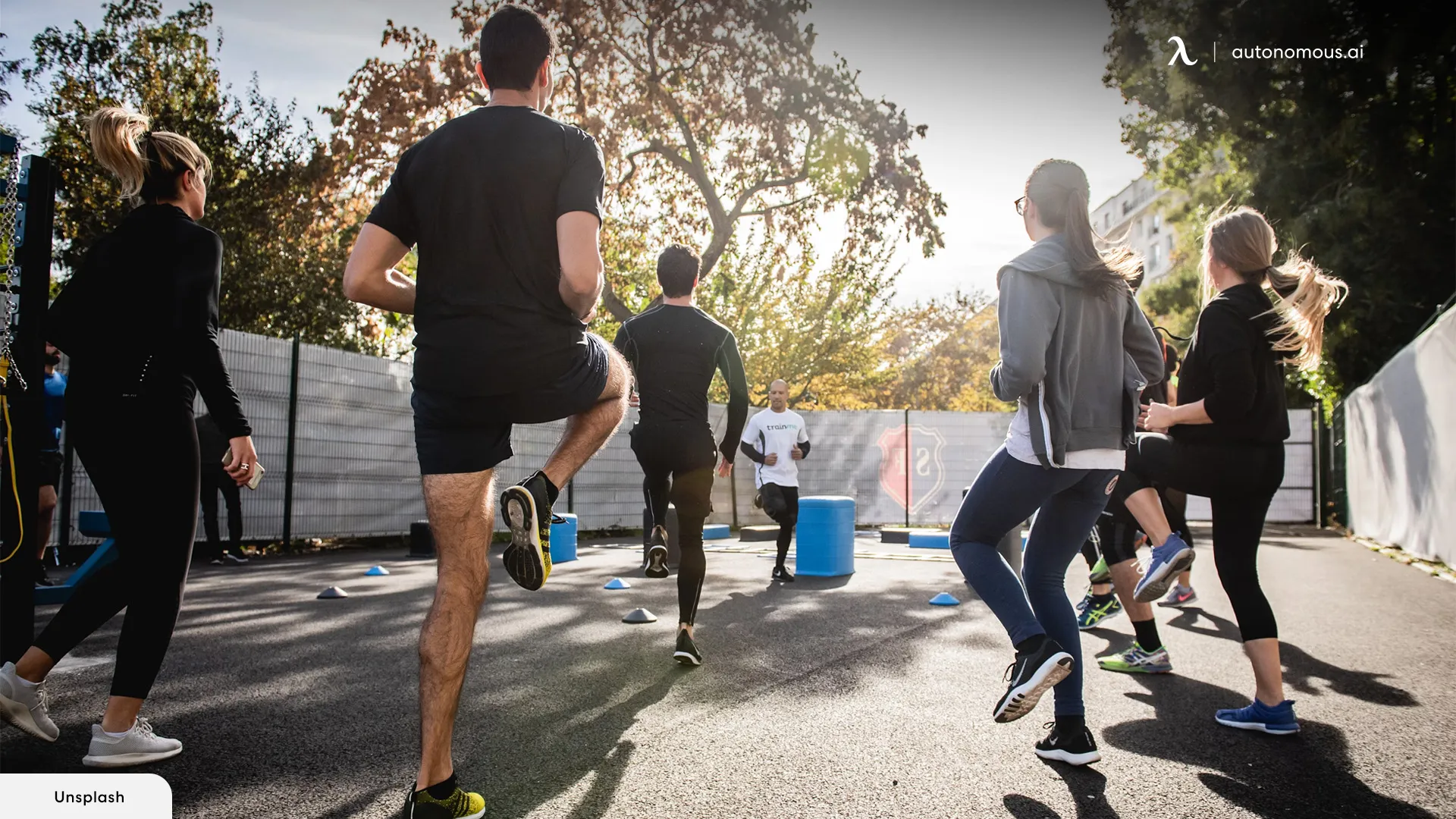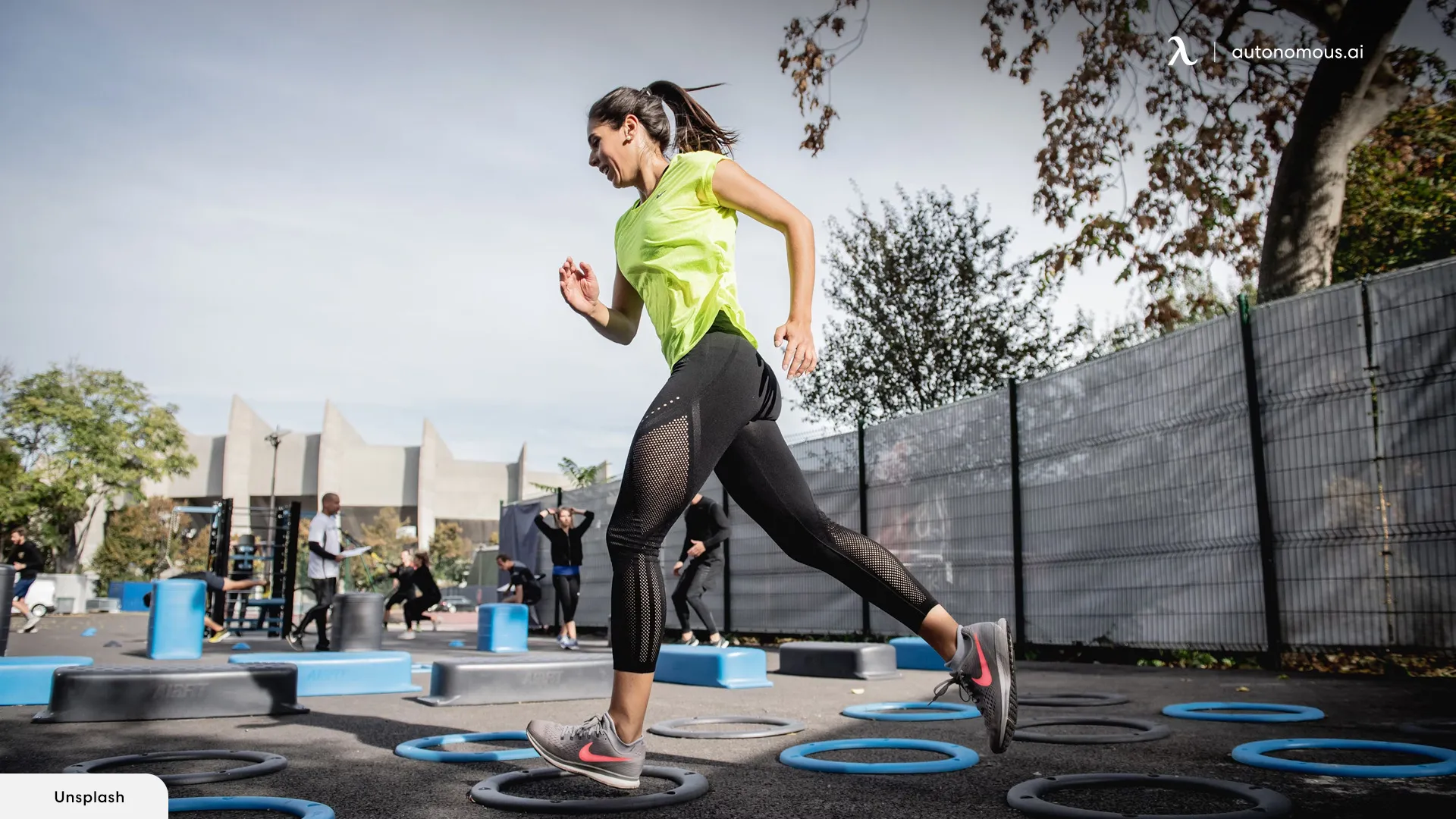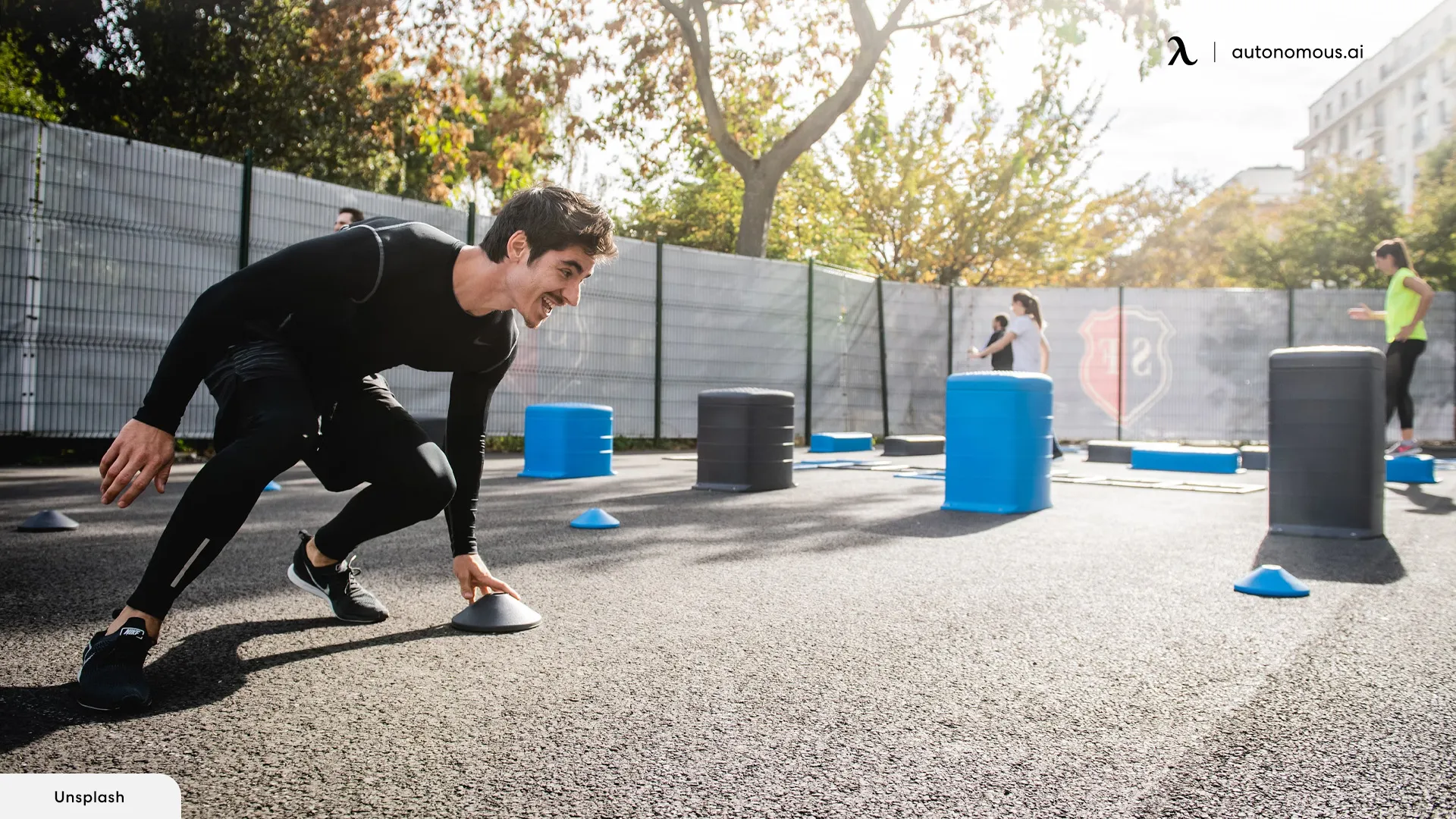
Active vs. Resting Calories: What Are the Differences?
Table of Contents
Understanding the nuances of calorie expenditure is crucial for anyone aiming to manage their weight or improve their overall health. Active calories and resting calories represent two essential components of this equation, each playing a distinct role in your daily energy balance. This article explores the difference between active and resting calories, shedding light on how activities like does standing burn calories. Additionally, we delve into how many calories does your body burn at rest, providing detailed insights into how many calories you burn when not engaged in physical activity.
Active vs. Resting Calories – Understanding the Key Differences
Calories provide the energy that powers every bodily process. For optimal fitness and well-being, it's vital to grasp the distinction between the two main types of calorie expenditure: active and resting.
Active Calories: Energy Expended Through Movement
Active calories are burned during any form of physical activity. This encompasses structured workouts, everyday tasks like gardening or walking, and even subconscious movements like fidgeting. The intensity and duration of your activity directly influence the number of active calories you burn.

Resting Calories: Your Body's Internal Energy Needs
Resting Metabolic Rate (RMR), also known as Basal Metabolic Rate (BMR), represents the energy your body requires to sustain its essential functions at rest. This includes processes like respiration, circulation, digestion, cell repair, and maintaining body temperature. Surprisingly, your RMR accounts for roughly 60-75% of your total daily calorie burn.
Why Understanding the Difference is Crucial
- Effective Weight Management: Grasping the interplay between active and resting calories provides a holistic understanding of your energy balance. This empowers you to set achievable and sustainable weight loss, gain, or maintenance goals.
- Personalized Fitness Plans: Knowledge of your RMR allows for the creation of workout regimens that align perfectly with your body's unique requirements, maximizing efficiency and results.
- Debunking Misconceptions: Questions like "Does standing burn more calories than sitting?" can be answered definitively. Even minor differences in activity levels have an impact on your overall energy expenditure.

Factors Influencing Your Resting Metabolic Rate
Your Resting Metabolic Rate (RMR) is the energy your body uses to keep you alive at rest. It's influenced by several factors:
Age: Metabolism naturally slows as you get older due to changes in body composition and hormonal shifts. While some slowdown is inevitable, maintaining good fitness levels mitigates the decline.
Body Composition: Muscle burns more calories at rest than fat. Building muscle mass is a powerful way to boost your RMR and support your overall health.
Gender: Men generally have a higher RMR than women, often due to differences in body composition. This means personalized approaches to fitness and weight management are often more effective.
Genetics: Your genes play a role in your metabolic rate. While you can't change your DNA, focusing on factors you can control, like body composition, makes a huge difference.
Other elements that can subtly influence your RMR include hormonal conditions (such as thyroid disorders), extreme temperatures, and certain medications.

A Balanced Approach is Essential
Weight management success depends on finding the right balance between active calories burned and your resting caloric needs. Don't rely solely on exercise. Prioritizing strategies that support a healthy RMR, like building muscle mass, gives you a metabolic edge.
Next Steps
Calculate your BMR: Understanding your individual calorie needs is a powerful starting point.
Explore high-calorie-burning activities: Find forms of exercise you enjoy and that get your heart pumping!

FAQs
1. What is the difference between active and total calories?
Active calories are those burned during physical activity, such as exercise or daily tasks, while total calories include both active and resting calories. Understanding this difference is crucial for balancing your calorie intake and expenditure.
2. Do calories burned standing differ from sitting?
Yes, standing burns more calories than sitting because it engages muscles and requires more energy. While the difference may seem small, standing for longer periods can contribute to significant calorie expenditure over time. Read calories burned standing vs sitting to know more about it.

3. Does a stairmaster burn more calories than a treadmill?
The calorie burn from using a Stairmaster or treadmill depends on various factors, including the intensity and duration of the workout. Generally, the Stairmaster can burn more calories per minute than a treadmill due to the higher intensity of climbing stairs.
4. How can I increase my active calorie burn?
To increase your active calorie burn, incorporate activities that raise your heart rate and engage multiple muscle groups, such as jogging, cycling, or swimming. Strength training exercises can also help build muscle mass, which can increase your resting metabolic rate and overall calorie burn.
5. Is Resting Metabolic Rate the same as Basal Metabolic Rate (BMR)?
Resting metabolic rate (RMR) and basal metabolic rate (BMR) are similar concepts, but RMR is measured under less restrictive conditions than BMR. Both represent the number of calories your body burns at rest to maintain basic physiological functions.
6. Can I use wearable fitness trackers to monitor my resting and active calories?
Yes, many wearable fitness trackers can estimate both resting and active calorie burn based on factors like heart rate, activity level, and body composition. Using these devices can help you track your progress and make adjustments to your routine as needed.

7. How do I calculate my total daily calorie needs?
This considers both your BMR and your activity level. Many online resources can assist with the calculation.
8. Does sleep affect my metabolic rate?
While the effect is slight, sleep deprivation can negatively influence hormones that regulate metabolism.
9. Can increasing muscle mass boost my metabolism significantly?
Building muscle is one of the best ways to raise your RMR and burn more calories throughout the day.
Conclusion
Understanding the interplay between resting and active calories is crucial for effective weight management and overall health. By incorporating this knowledge into your daily routine and making informed choices about your diet and exercise, you can achieve a healthier lifestyle and reach your fitness goals. Incorporating activities that increase your active calorie burn, such as using a Stairmaster or standing more often, can further support your efforts to maintain a healthy weight and improve your fitness level.
Stay connected with us!
Subscribe to our weekly updates to stay in the loop about our latest innovations and community news!
Interested in a Link Placement?
Spread the word
.svg)



/https://storage.googleapis.com/s3-autonomous-upgrade-3/production/ecm/230914/bulk-order-sep-2023-720x1200-CTA-min.jpg)

/https://storage.googleapis.com/s3-autonomous-upgrade-3/production/ecm/230905/Untitleddesign.png)